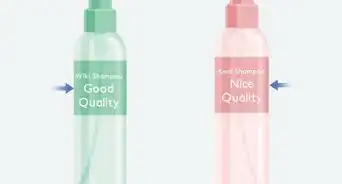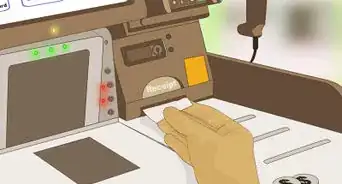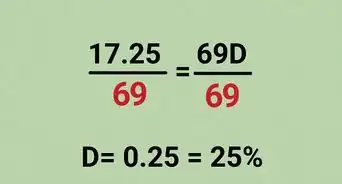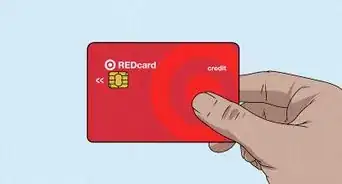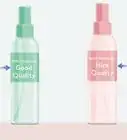This article was co-authored by wikiHow staff writer, Devin McSween. Devin McSween is a wikiHow Staff Writer. With a background in psychology, she has presented her research in social psychology at a variety of conferences and has contributed to several manuscripts for publication. At wikiHow, Devin combines her love of writing and research with the goal of bringing accessible information to wikiHow readers that will help them learn and grow. She earned her BS in Psychology from the College of Charleston.
There are 16 references cited in this article, which can be found at the bottom of the page.
Learn more...
You’ve made the leap to start your fashion career and have all your designs drawn up. All you have to do is find a clothing manufacturer to make your designs, but where do you find them? Luckily, there are lots of great in-person and online places to search for manufacturers and get your clothing into customers' hands. In this article, we’ll show you some of the best places to find reputable clothing manufacturers and tell you what to consider when choosing a manufacturer for your fashion line. Read on to make your clothing designs a reality!
Things You Should Know
- Go to industry events like trade shows and fashion shows to meet and talk to clothing manufacturers in your area.
- Use curated online directories like Maker’s Row to search for clothing manufacturers based on their location, the clothing they produce, and their prices.
- Search for clothing startup or entrepreneur pages on Facebook and Reddit to see what clothing manufacturers other business owners recommend.
- When choosing a manufacturer, verify that they’re reputable, make your type of clothing, and make quality products that match your budget.
Steps
References
- ↑ https://youtu.be/YjNH3fJPoYU?t=331
- ↑ https://www.theguardian.com/small-business-network/2014/sep/11/fashion-entrepreneurs-how-find-factory-make-products
- ↑ https://steveapparel.com/how-to-find-clothing-manufacturers-for-startups/
- ↑ https://www.theguardian.com/small-business-network/2014/sep/11/fashion-entrepreneurs-how-find-factory-make-products
- ↑ https://fashinza.com/textile/where-can-i-find-clothing-manufacturers-in-the-usa/
- ↑ https://intrepidsourcing.com/how-to-find-a-custom-sportswear-or-fitness-clothing-manufacturer/
- ↑ https://www.boardofdecorators.com/how-to-choose-the-right-manufacturer
- ↑ https://www.theguardian.com/small-business-network/2014/sep/11/fashion-entrepreneurs-how-find-factory-make-products
- ↑ https://intrepidsourcing.com/how-to-find-a-custom-sportswear-or-fitness-clothing-manufacturer/
- ↑ https://www.forbes.com/sites/lizlong/2017/10/31/paying-an-overseas-factory-read-this-first/?sh=41769fb45c56
- ↑ https://youtu.be/kH8nde-vTCg?t=690
- ↑ https://youtu.be/o9uQjmV7j1Q?t=175
- ↑ https://www.kndrsn.com/post/how-to-find-a-clothing-manufacturer
- ↑ https://intrepidsourcing.com/how-to-find-a-custom-sportswear-or-fitness-clothing-manufacturer/
- ↑ https://www.beautifulcng.com/how-to-find-clothing-manufacturers-best-ways-to-find-clothing-manufacturers/
- ↑ https://www.kndrsn.com/post/how-to-find-a-clothing-manufacturer
- ↑ https://www.beautifulcng.com/how-to-find-clothing-manufacturers-best-ways-to-find-clothing-manufacturers/
- ↑ https://blog.makersvalley.net/advantage-private-label-vs-wholesale-sourcing
- ↑ https://www.sciencedirect.com/science/article/abs/pii/S0925527320300062
- ↑ https://intrepidsourcing.com/trade-wiki/how-to-start-a-clothing-line-7-cost-factors-you-should-know/
- ↑ https://blog.makersvalley.net/why-your-fashion-startup-business-needs-to-do-small-batch-runs




